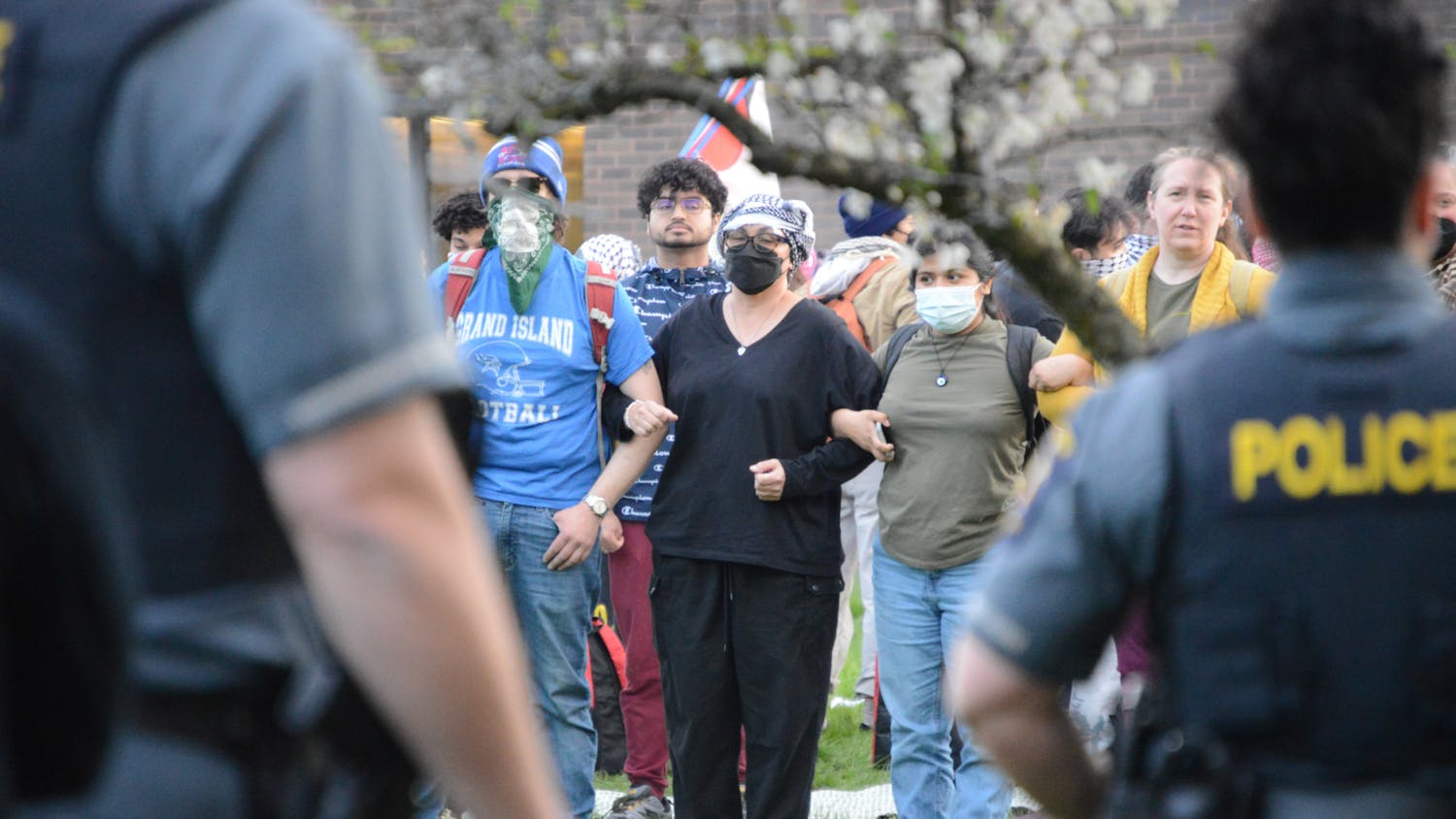As a huge fan of Neil Young and Jonathan Demme, I must admit that I was disappointed halfway through the concert documentary "Heart of Gold."
Young wasn't ripping heavy guitar solos as I had hoped. He wasn't sliding across the stage on his knees hammering out "Southern Man" with his guitar in the crook of his groin. He wasn't onstage with Crazy Horse or Pearl Jam but was an old man with old friends who looked more fit for a round of bingo at the retirement home - not a rock concert at a music hall.
But eventually it hit me and I realized that "Heart of Gold" was so much more.
Shakespeare, on the power of musicians, wrote: "Is it not strange that sheep's guts should hale souls out of men's bodies?" The "sheep guts," which were used to string instruments in the Renaissance have since evolved into metal guitar strings, but the musician's ability to captivate and touch people has remained. For the past 40 years, few have done it better than Neil Young.
From its exterior, there's not much to "Heart of Gold." It's over an hour and a half of footage from a two-day concert Young played this past August in Nashville's Ryman Auditorium. Apart from a few pre-concert testimonials, the film is entirely made up of Young's 2005 album "Prairie Wind" added with classics such as "Old Man," "The Needle and the Damage Done," and "Harvest Moon."
Beneath the surface, some Young fans will realize, is a moving collection of songs with a sharpness that will cut right to the heart and a soul that stirs with every quivering note.
The story behind "Prairie Wind" is that Young was diagnosed with a brain aneurysm and he wrote the album knowing that it could be his last.
Director Jonathan Demme ("Philadelphia," "Silence of the Lambs") seems to have filmed "Heart of Gold" with the same presence of mind.
Between sets, Young talks about his dad who recently died, and his inspiration for songs like "Old Man." It is as if he is breathing in and savoring old memories one last time.
"Prairie Wind" is a country-rock album similar to Young's "Harvest" (1972) and "Harvest Moon" (1992). It's rich with reflections on life, death, and the memories of yesteryear - themes that are sure to have stemmed from Young's brush with death.
Demme puts the camera on Young and doesn't let go. He doesn't film the audience and, apart from close-ups on band mates, the camera rarely moves away from the Godfather of Grunge.
It's almost as if Demme thinks that this may be one of Young's last shows. He captures what could be Young's final moments with this documentary - a sort of time capsule to be preserved and enjoyed by future generations.
In the end, Young is on an empty stage, playing one last song before he packs the guitar away and exits. Could this be our final glimpse of Young? It might be, and Demme sends him off gracefully.
Young may not be rocking in the free world anymore, but his melancholic melodies can still strike chords in pitch and person, pluck guitar and heart strings, and express memories that can, as Shakespeare would say, hale souls out of men's bodies.





